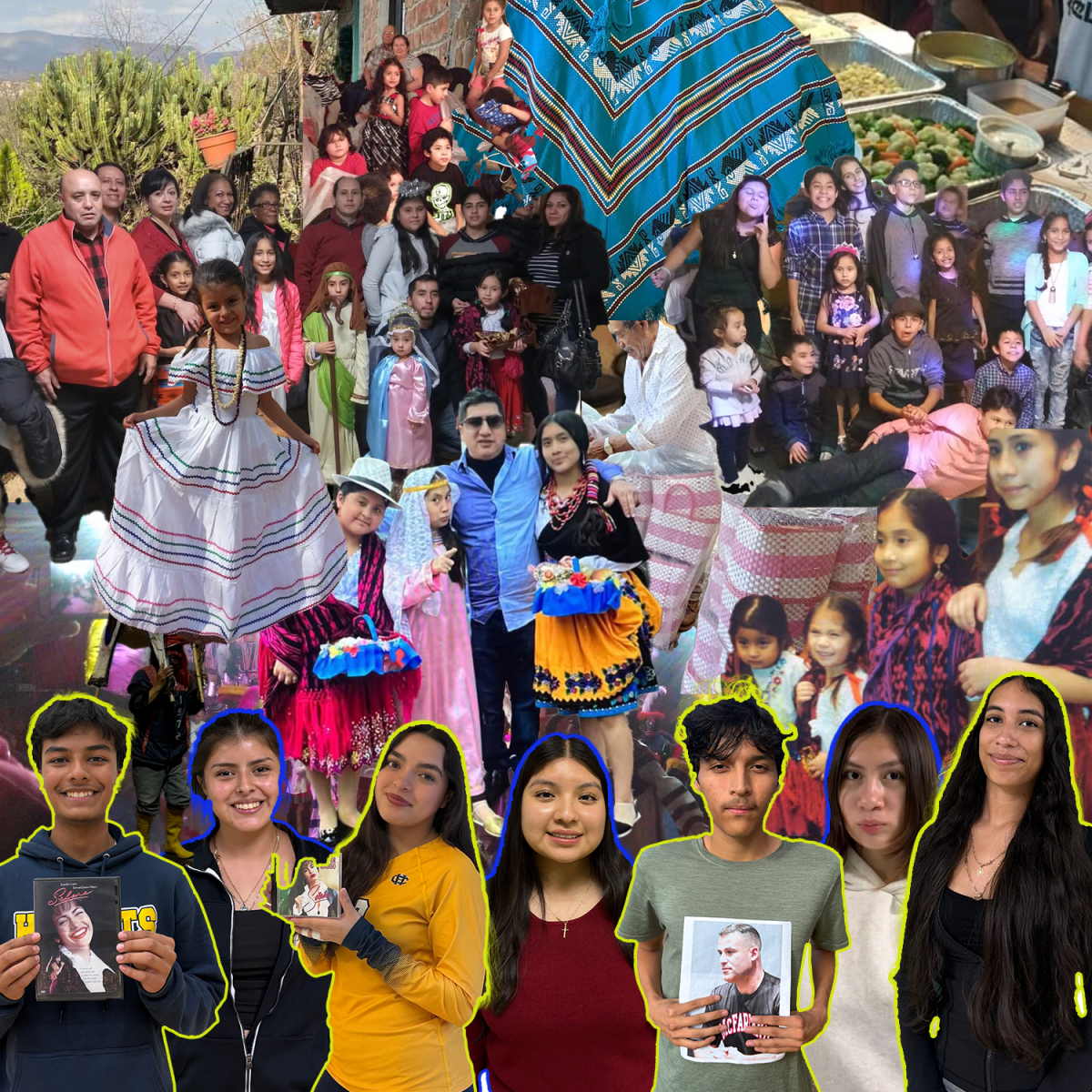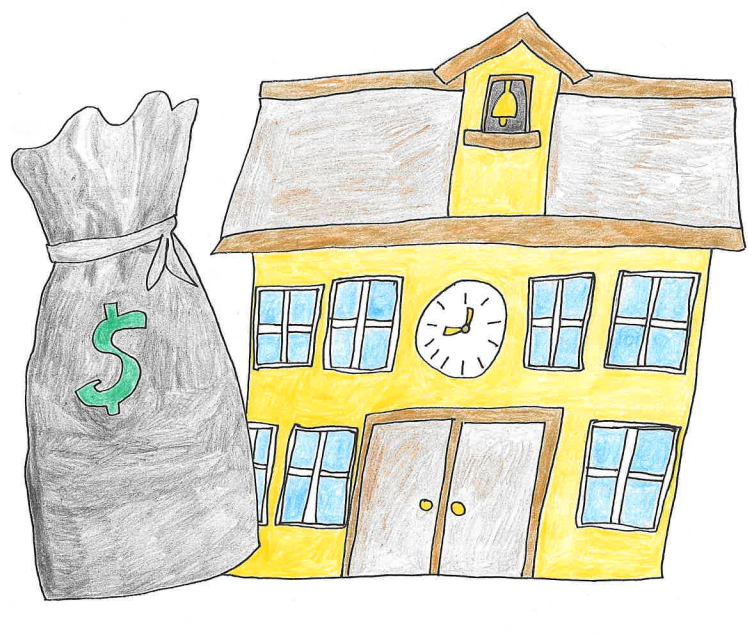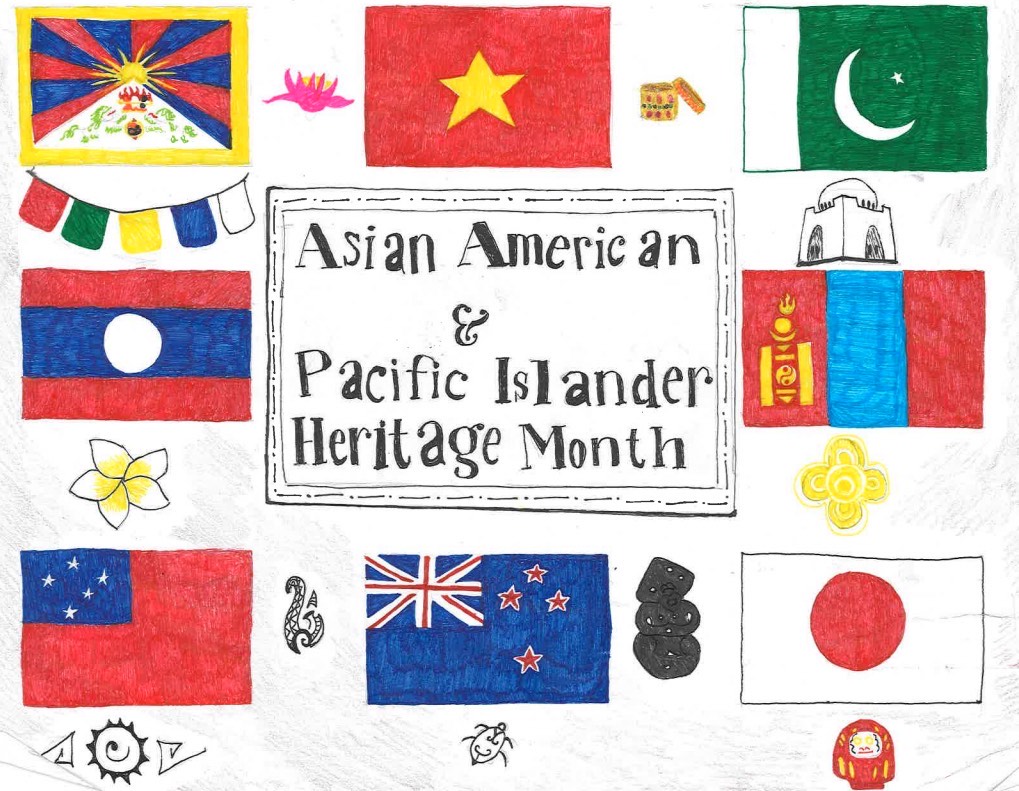There are now fresitas, buchonas and alucine outfits, but a while ago, many Mexicans and Mexican-Americans went through an emo phase. Mexico’s fashion scene has undergone numerous changes throughout history, and one of the most curious ones took place during the 2000s when there was a rise of Mexican emos. Now, it’s just a memory. But with rising emo Latinx artists like Girl Ultra and Bruses, could it make a comeback?
The look began with the music, which traces back to the 1980s with American punk bands who favored raw emotion over political posturing, such as Rites of Spring and Embrace. Then, due to the expansion of home recording technology, musicians in the 90s became able to create new sounds that helped the development of the alternative music genre, which was contemporaneous with a more underground, independently led emo scene, commonly defined by having emotional lyrics with dynamic rhythms paired with a strong expression of guitar work.
While alternative music was generally more mainstream, emo music tended to be more emotionally intense and too rough around the edges for commercial radio. Midwest emo-punk bands like Cap’n Jazz and Pacific Northwest grunge-inflected groups like Sunny Day Real Estate gave rise to much more popular emo bands around the 20th century, like My Chemical Romance, Fall Out Boy and Paramore.
The majority of the people who listened to emo music during its heyday were teenagers or young adults. Young people were able to relate to the heartbroken and rage-filled lyrical content, which largely fizzled out once millennials grew up in the 2010s. Gen Z has since rediscovered the genre, though, which has led to a resurgence of interest both in the aforementioned older artists as well as an emo revival scene full of younger bands like The Hotelier and Algernon Cadwallader over the past decade. As pervasive as the genre and its accompanying fashion sense (featuring black-clad clothing and spiked hair) have become, the cycle of the older generation not understanding the rebellious nature of the younger one continues—even if they’ve become more accepting.
“My parents are very open-minded and let me express myself in ways to feel comfortable,” Allison Reyes Luna (12) said. “They would call me emo too and [would say] it’s all a phase.”
In the late 2000s, emo went international too, with Mexican teens starting to follow the trend and dress the part. Some artists in Mexico who performed emo music were Pixndx, Motel and Insite. The world south of the border had never heard this genre of music, as American-born styles typically didn’t hold a candle to traditional Latin pop and dance acts, so some thought this music and fashion style was kind of strange. Nonetheless, this genre was considered “out there,” and there was nothing anybody could do about it, whether they thought it was cool or not. It had caught on like wildfire.
“I think emo phases [are] somewhat unusual and cool at the same time,” Columbia Heights resident Jacqueline Rodriguez said. “[I] never knew anyone who was into it, which is probably why it’s unusual to me. [However,] some of the people who are into their emo phase are some of the most chill people.”
Because Mexican fashion was more conservative in comparison to American fashion at the time, emos starting to wear black skinny jeans with makeup sparked criticism, especially with punk rockers who found the emo style overly feminine or whiny, which resulted in the “Mexican Emo Wars” in Mexico City during the late 2000s. The most infamous city affected by these demonstrations, however, was Queretaro in the north-central region of the country, where dozens of people were physically harmed. In these protests featuring large numbers of defenders and haters of the genre and style, the words “Respecto para los emos” (translation: respect for the emos) were often chanted. Many of the attacks were organized through early social media platforms like MySpace, turning online hate into real-world violence.
In Mexico, modern and traditional styles are both “in” while counterculture styles like emo have largely died out. Some Mexican rock bands are still popular, like Maná, but emo music is not as mainstream as it was before, especially in comparison to the 2000s. It seems that every Mexican went through an emo phase then or knew someone who did. Nowadays, the United States doesn’t really inspire Mexico as much with its fashion or music. Now, commercially speaking, it’s almost the other way around with artists like Latino rapper Peso Pluma and sierreño singer-songwriter Junior H who have crossed over and begun dominating the American pop charts.
And yet, though Mexican emo was far more alive and active two decades ago, today it is not just a memory. Who knows? Perhaps a Mexican emo revival is just around the corner, not unlike how it has seen a resurgence right here in the States.









